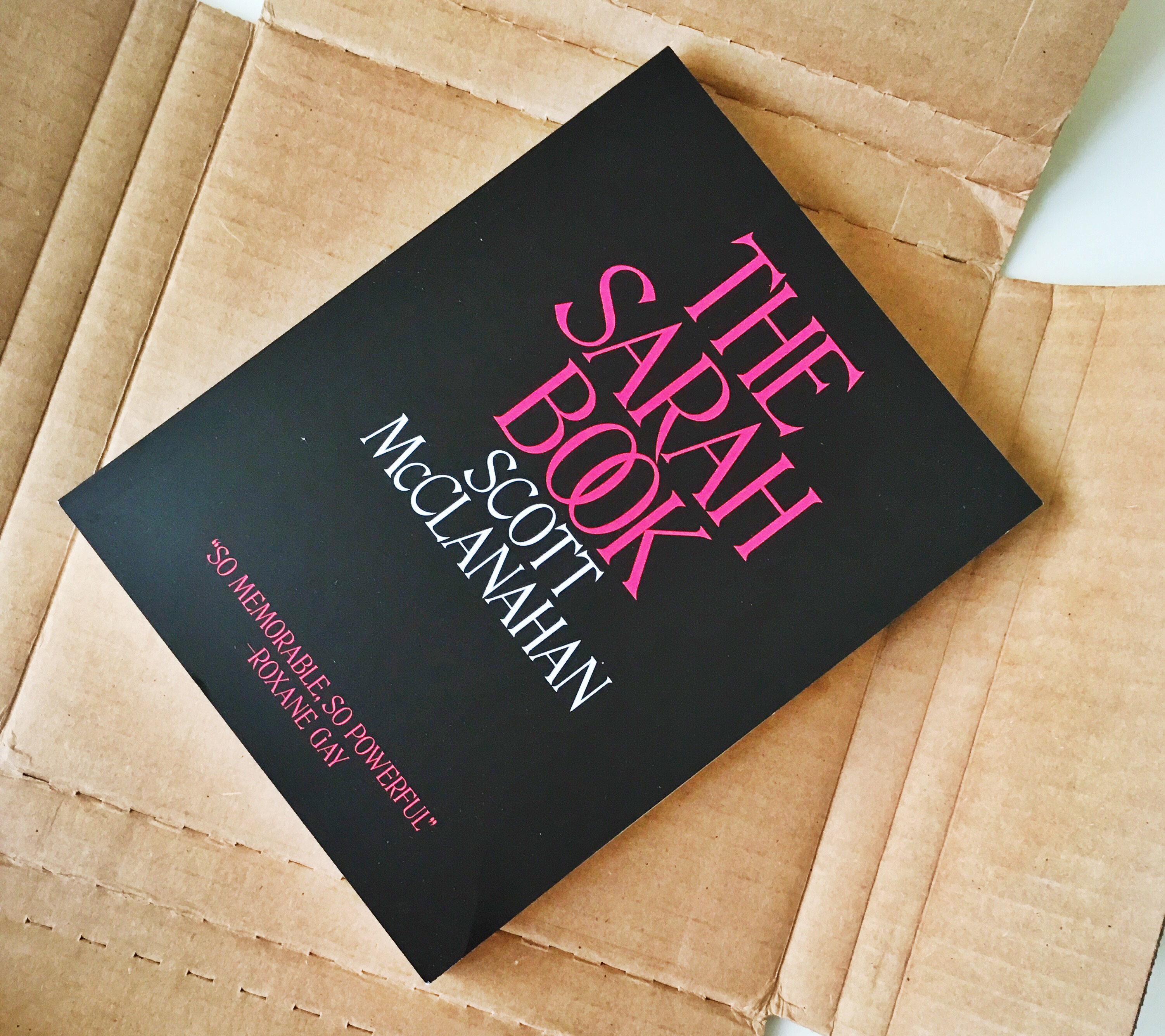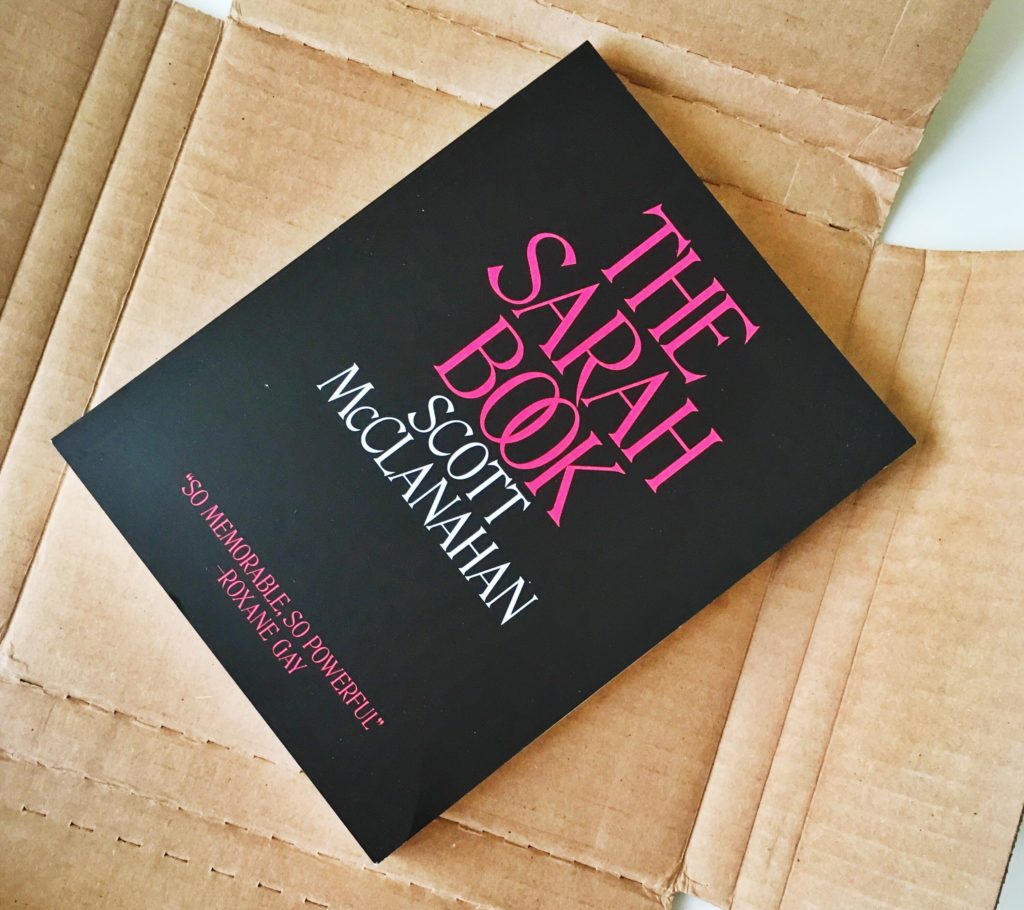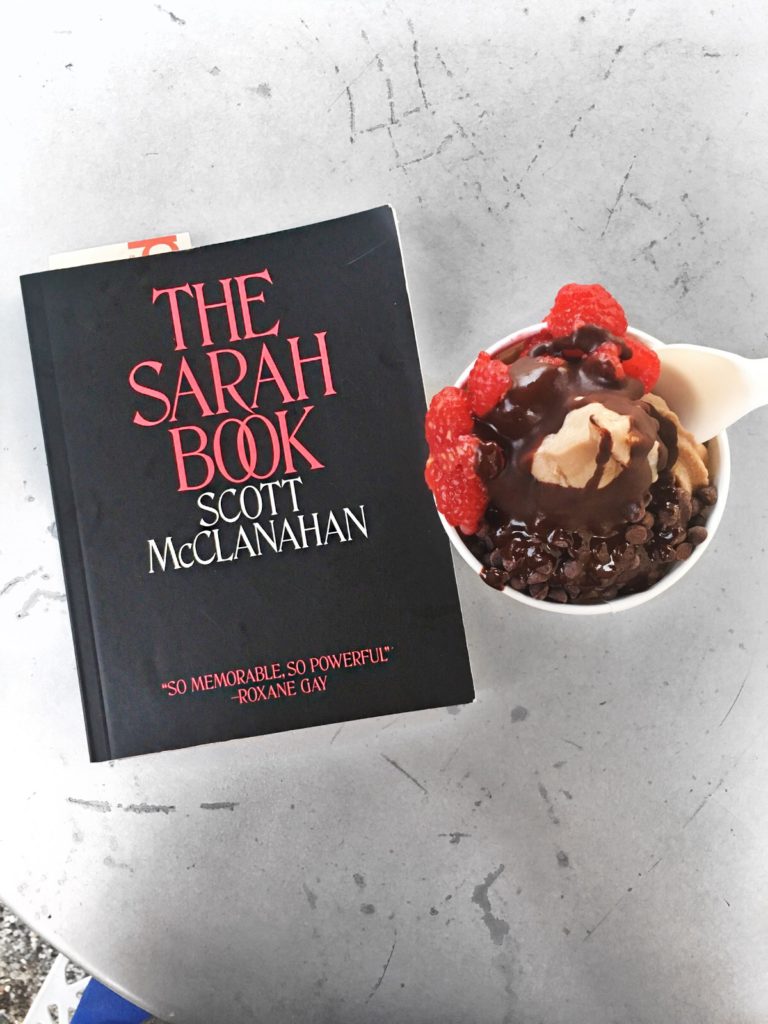Every month, I interview an author I admire on her literary firsts.
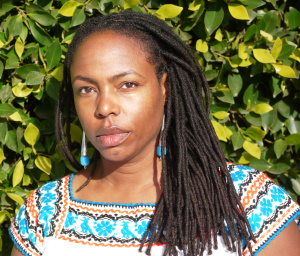 July’s featured writer is Dana Johnson, author of Break Any Woman Down.
July’s featured writer is Dana Johnson, author of Break Any Woman Down.
This award-winning short story collection is complex and provocative, often starring characters in the margins of society. A black stripper tries to figure out what she wants in her relationship with a controlling white porn star. A woman defiantly goes to bars alone, over her daughter’s protests. They’re stories of power and acquiescence, stubbornness and change — all cutting across lines of race, class, and gender.
Dana took a couple stories from Break Any Woman Down and expanded them into a novel, called Elsewhere, California. More recently, she published a short story collection about downtown L.A. — and its gentrification — called In the Not Quite Dark. She teaches at my grad school alma mater, USC.
In this interview, Dana talks about code switching, reveals which dunzo DTLA restaurant she misses the most, and gets Libran about identity.
Sign up with your email to be entered to win a copy of Break Any Woman Down — and to get notified of future interviews!
___
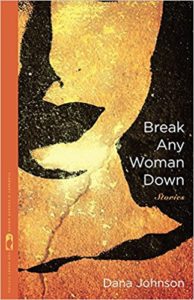 Siel: Some of my favorite parts in your stories have to do with language. In Break Any Woman Down, there’s a little girl originally from South LA who starts speaking in the standard English taught at her suburban school — a change that allows her academic growth and entree into new segments of society — but also creates a rift between her and her brother, their shared cultural history. Is this bittersweet aspect of language — its ability to both open up new possibilities but close off others — something you think about a lot while writing?
Siel: Some of my favorite parts in your stories have to do with language. In Break Any Woman Down, there’s a little girl originally from South LA who starts speaking in the standard English taught at her suburban school — a change that allows her academic growth and entree into new segments of society — but also creates a rift between her and her brother, their shared cultural history. Is this bittersweet aspect of language — its ability to both open up new possibilities but close off others — something you think about a lot while writing?
Dana: I do think about language quite a lot, how powerful it is, how one is read depending on how one uses language. In both that short story and my novel, Elsewhere, California, which is based on the opening and closing stories of the collection, I was thinking about assimilation, race and class, the ability to code switch or the choice not to.
I love how your characters change so much in your stories. I especially noticed this in your novel Elsewhere, California, where through her education and friendships and personal choices, the protagonist moves over the course of her life to a very different, much wealthier social class. Though this character stays in California — albeit moving to very different neighborhoods — in a way her trajectory has a lot in common with many immigration stories.
All that is kind of an odd, loose intro for my actual question, which is this: Do you think we as people really change a lot, or do we ultimately more or less remain the same?
I’m going to be very Libran and answer yes to both questions. We change and we don’t change. It’s undeniable that movement of any kind has the effect of opening up one’s life, expanding it. For me, I feel as though, as you note in your question, the people I’ve met, my education, the various milieus I’ve been exposed to complicate identity. On the other hand, though, there’s something about being born African-American, in the city of Los Angeles, to my parents who are working class people born and raised in the South that has stayed with me my whole life and given me a particular world view so that no matter where my life takes me, I feel rooted in those beginnings.
Your latest book, In the Not Quite Dark, is fiction yet also seeks to document downtown LA in a way — capturing its history, showing its diversity, noting the effects of gentrification. I know you’ve lived in downtown LA for a long time yourself. Do you like the place better the way it is now, or do you miss the way it was when you first moved there?
I miss the downtown of 2005, which is when I first moved from Echo Park to Main Street. Back then, it felt very small. I saw the same people day after day. It felt like an intimate community. We had more or less one restaurant, which was Pete’s, now Ledlow, and an amazing video store, Old Bank DVD, which is no longer. I would meet so many people in the neighborhood and talk movies there. There was a café, Banquette, which is now Bäco Mercat, but when it was Banquette, I wrote there almost every day and that’s how I finished my novel. And don’t get me started on Grand Central Market. Gourmet cheeses, wine bar, etc. My 83 year-old father and I experienced more or less the same Grand Central Market throughout the various decades, but in the last year or two it’s gone through a huge change. It’s so bougie now. I know. I sound so old person cranky. Get off my lawn!
What is the once-there-now-gone spot in downtown LA that you most miss?
That’s a tough question because I deeply miss all the places I’ve mentioned, but I’d have to say Pete’s. It was warm and welcoming and the center of the historic core. Pete’s interior had a lot of photos of how downtown looked years and years ago and you could feel the history in the place. Now the space is stark white inside, photos gone. No sense of history at all. It just feels like another restaurant. But that’s part of change I guess, that kind of erasure.
At a recent Story+Soul salon, you mentioned that you were working on a new book — one that aims to get at the core of the issues of race around the last election, specifically the disconnect between white liberals who were shocked and surprised that Trump got elected and many people of color who were not surprised at all. I can’t wait for this book to come out. How is it coming along? No pressure –
As always, working slowly but surely. That’s all I will say, because I believe in jinxes.
___
Purchase a copy of Break Any Woman Down now, or enter to win one by signing up for the newsletter. Already joined up? Then you’re already entered!
Photograph of Dana Johnson by Ellie Partovi
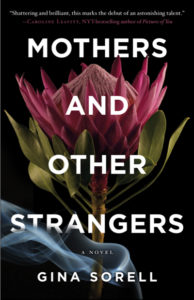 How can you read that first sentence and not read on? This tiny tidbit of Gina Sorell’s debut novel Mothers and Other Strangers gripped me when I first read it nine months ago and kept me in anticipation until the book finally came out in May — after which I devoured it in two days!
How can you read that first sentence and not read on? This tiny tidbit of Gina Sorell’s debut novel Mothers and Other Strangers gripped me when I first read it nine months ago and kept me in anticipation until the book finally came out in May — after which I devoured it in two days!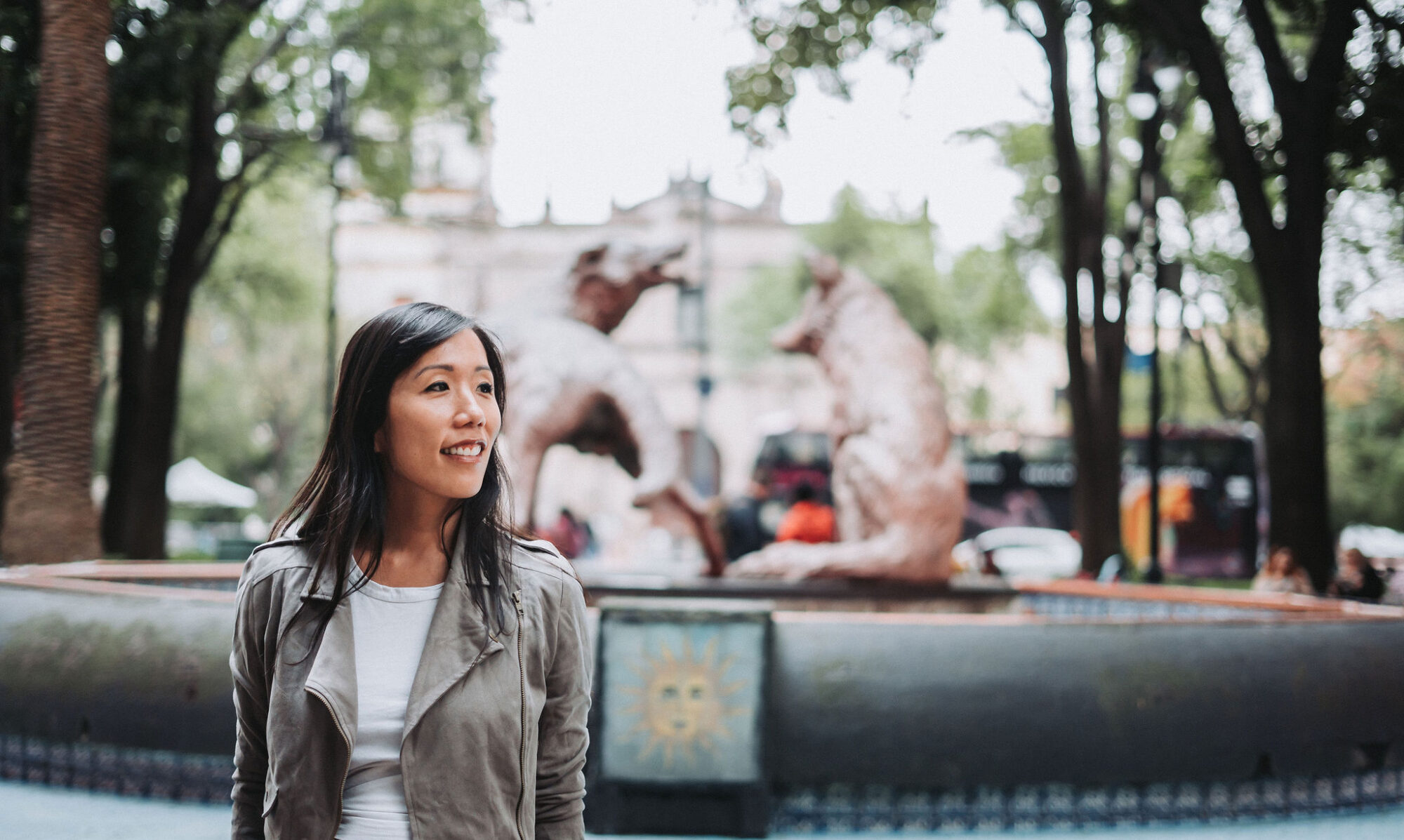
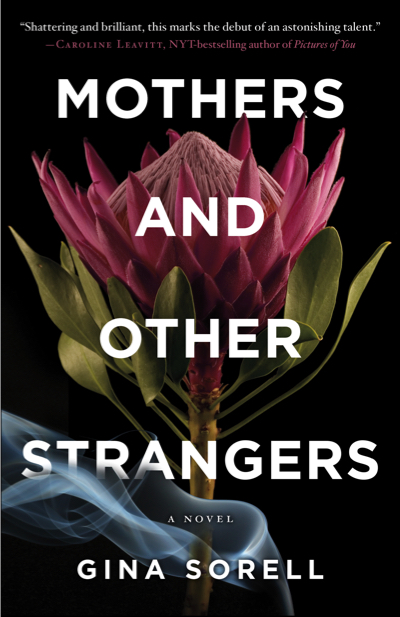
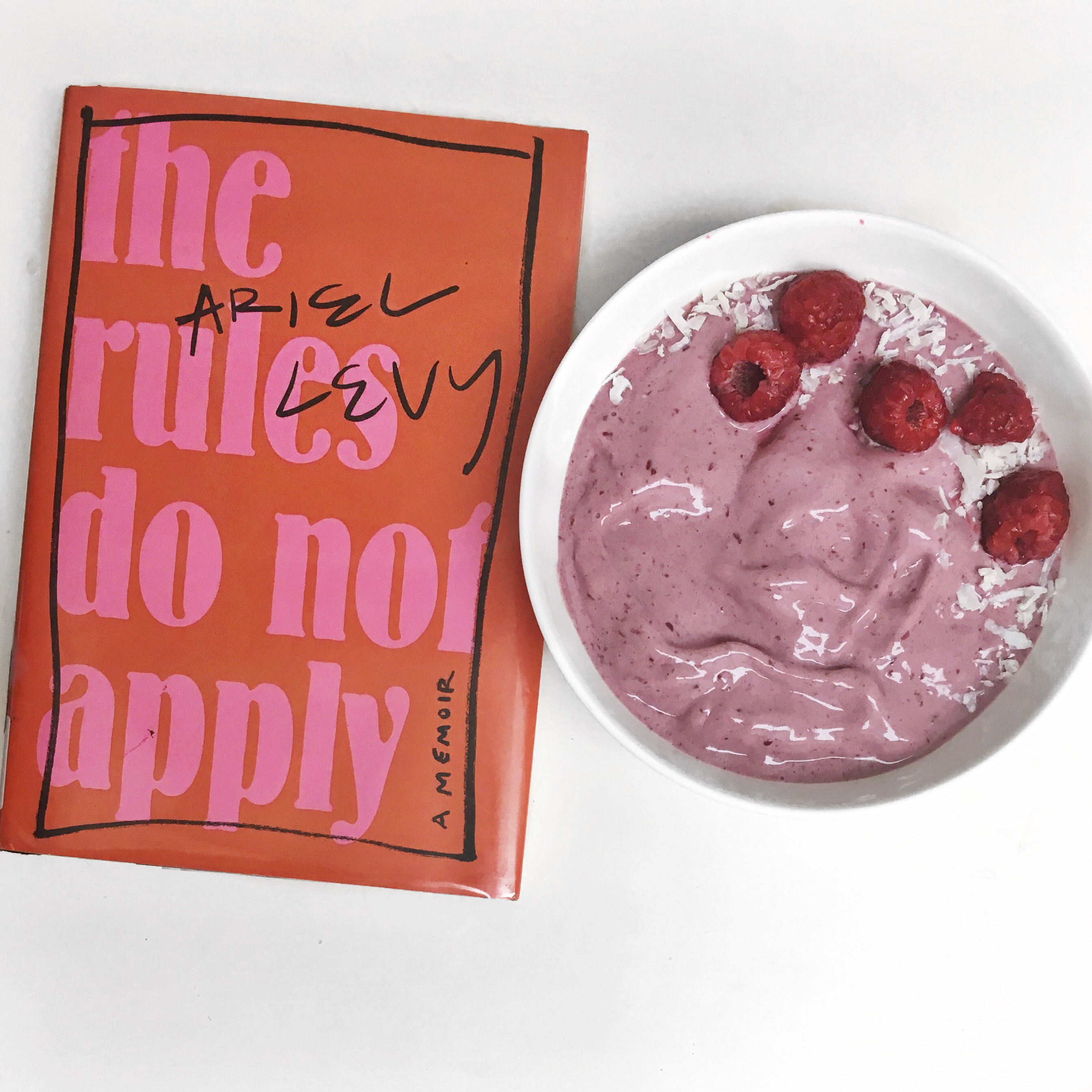
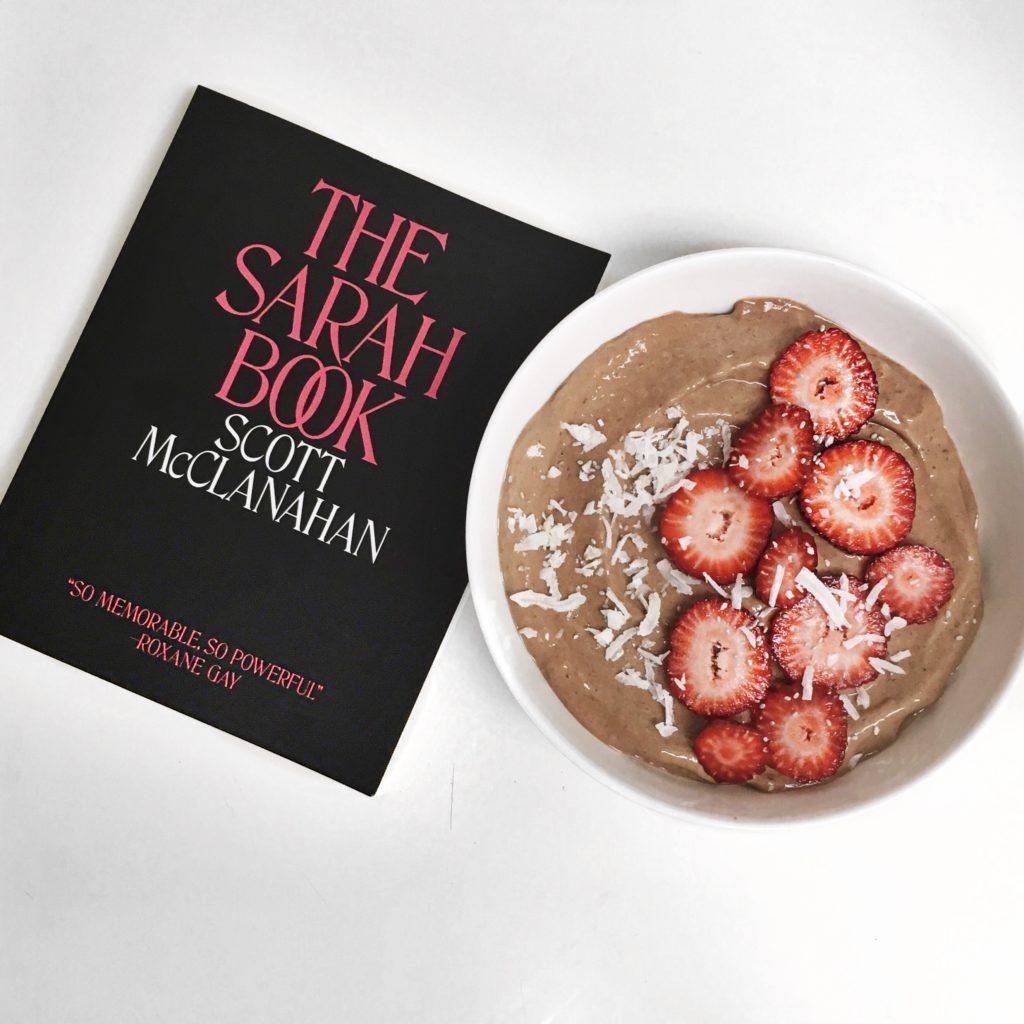
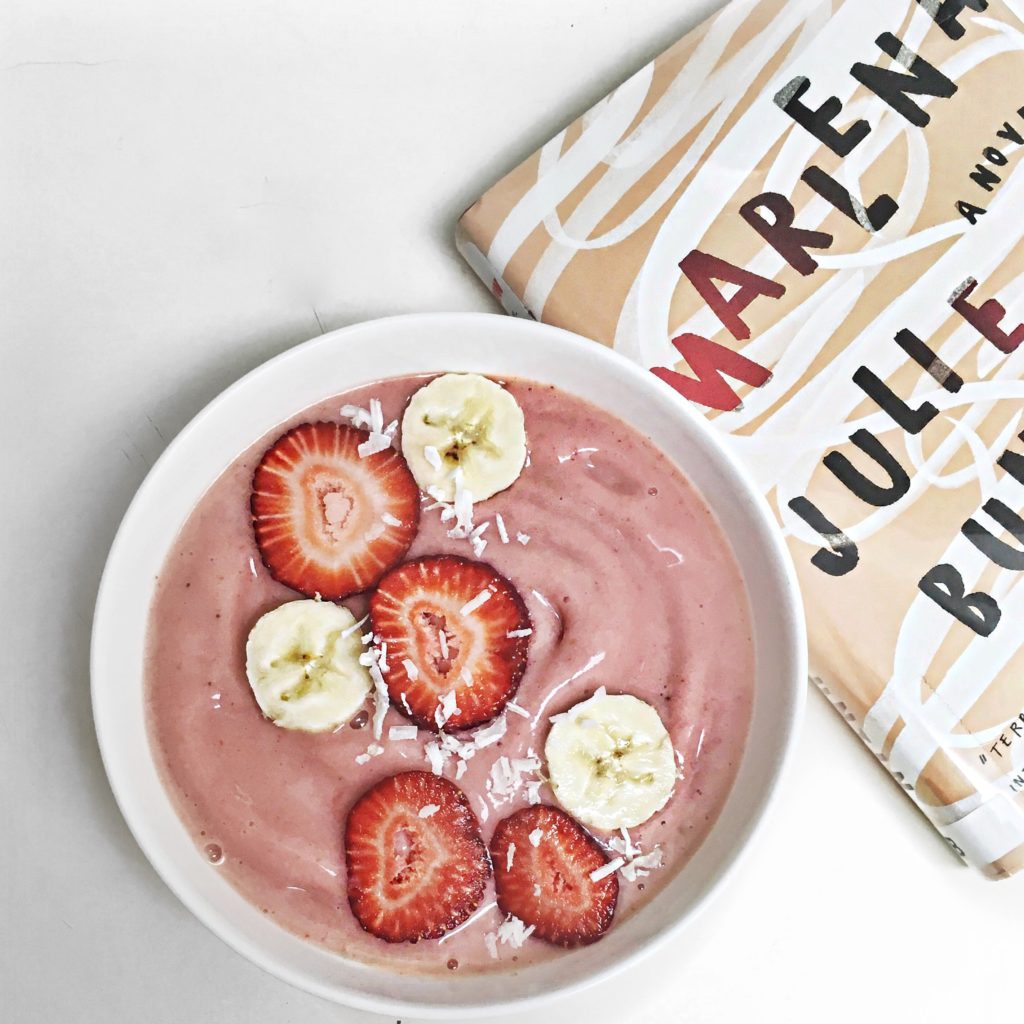
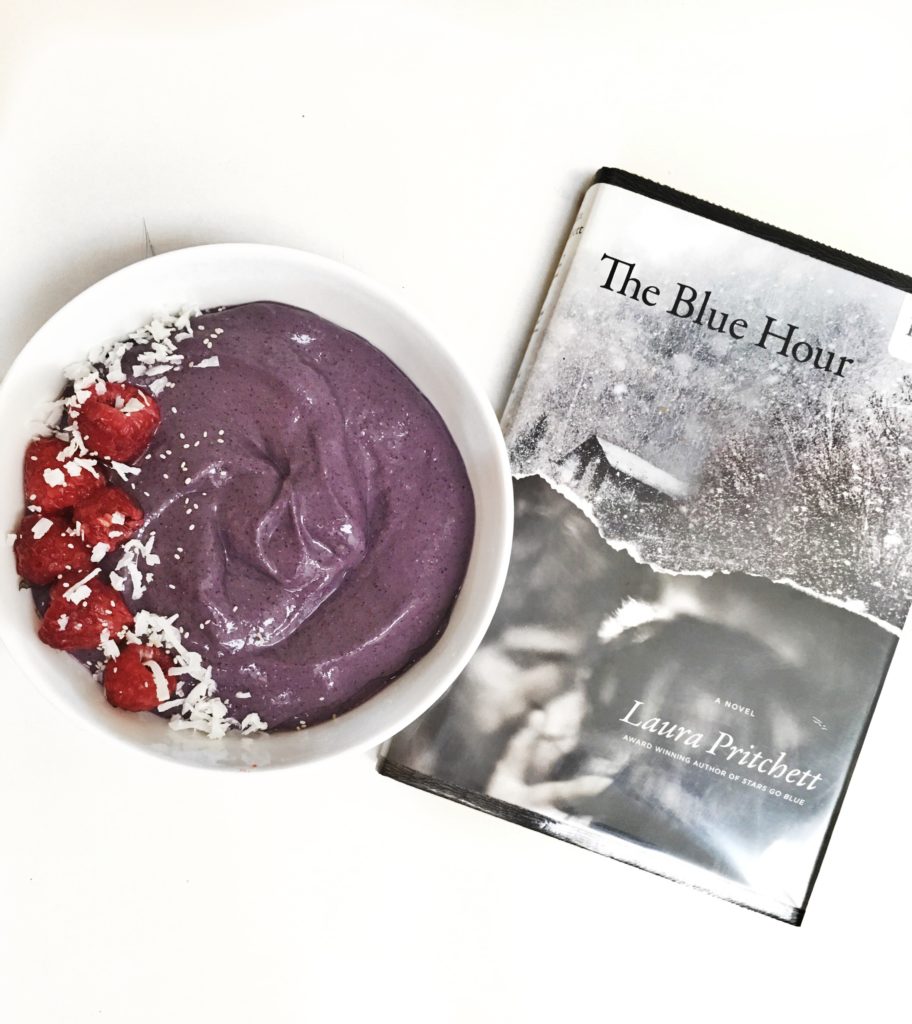
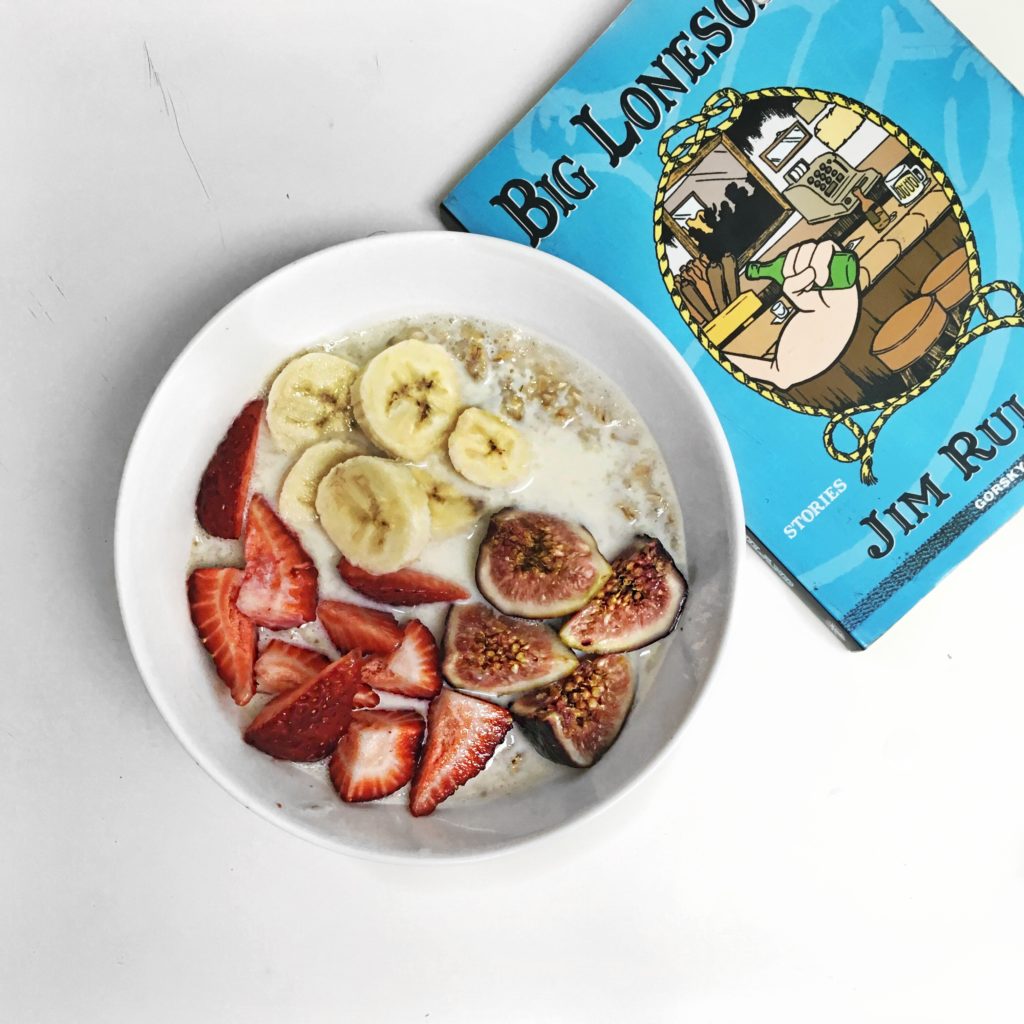
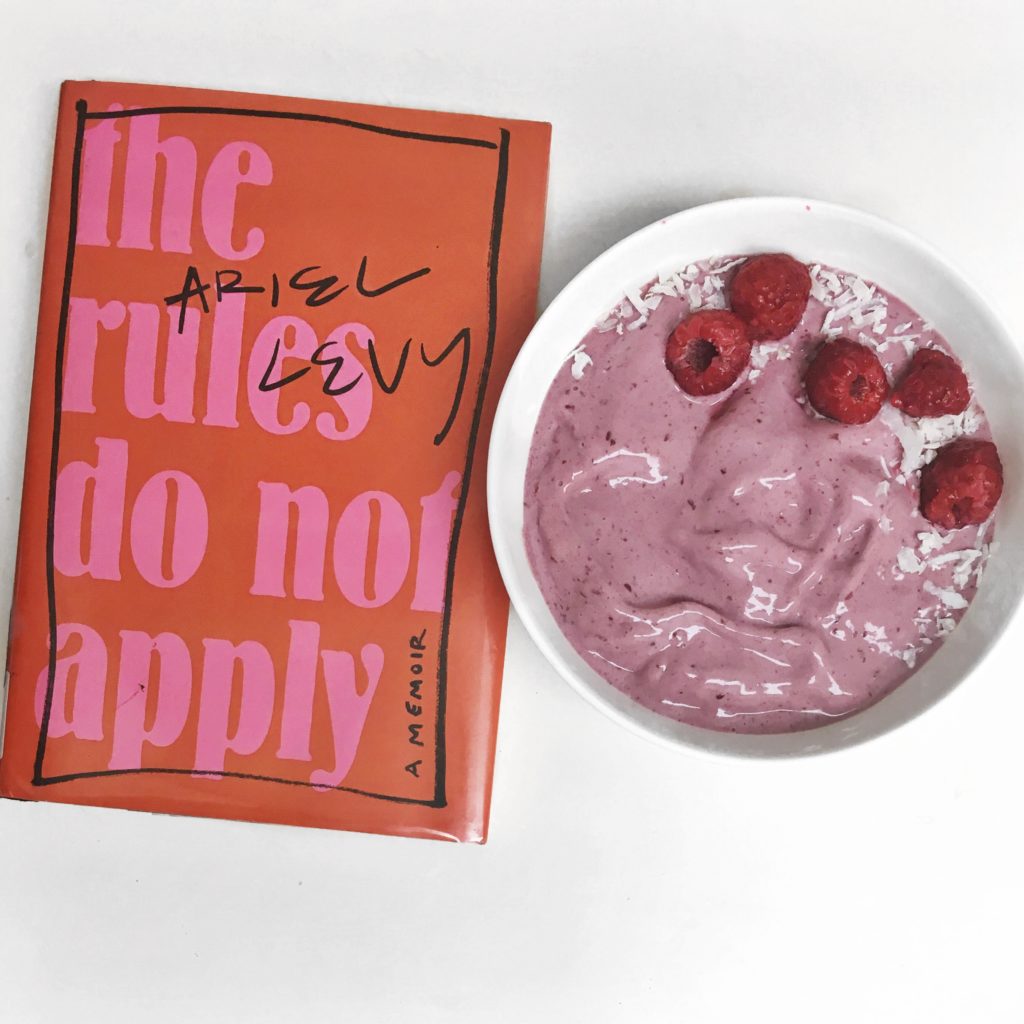
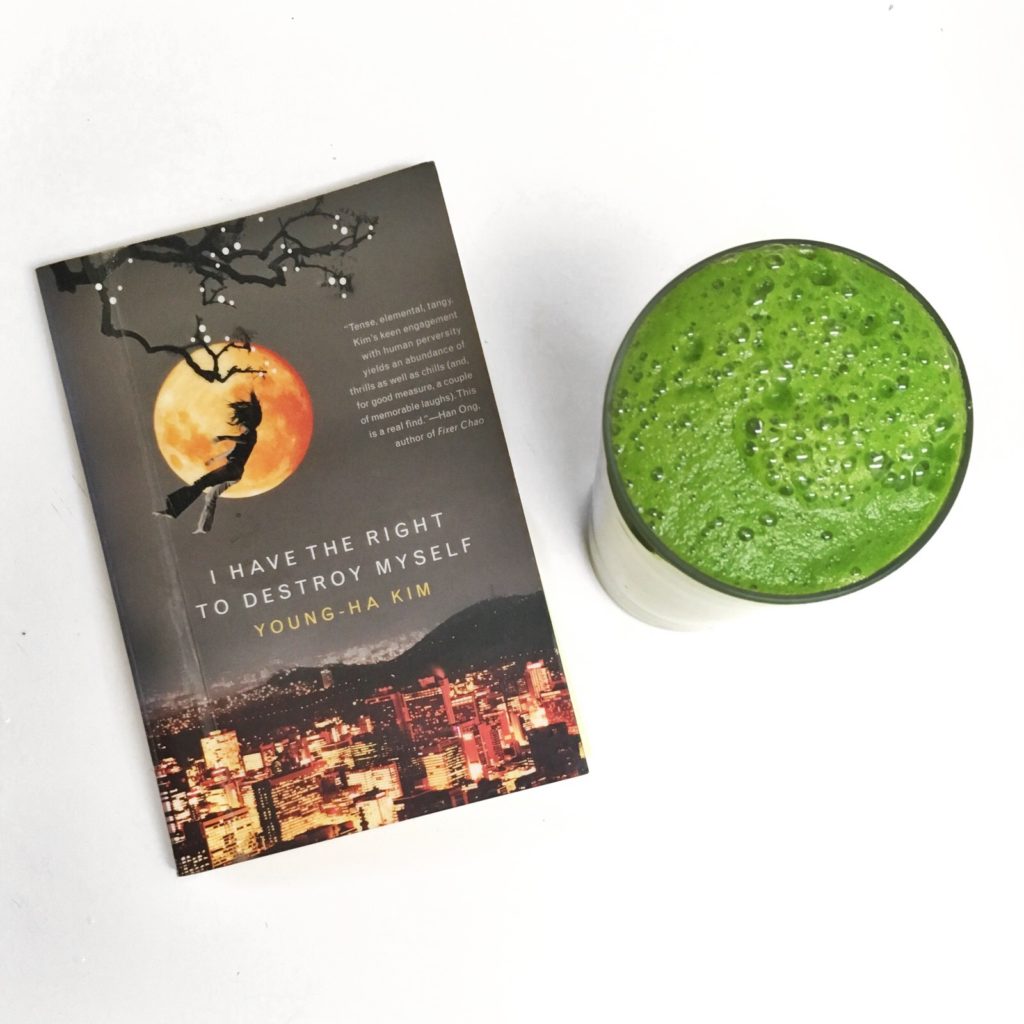
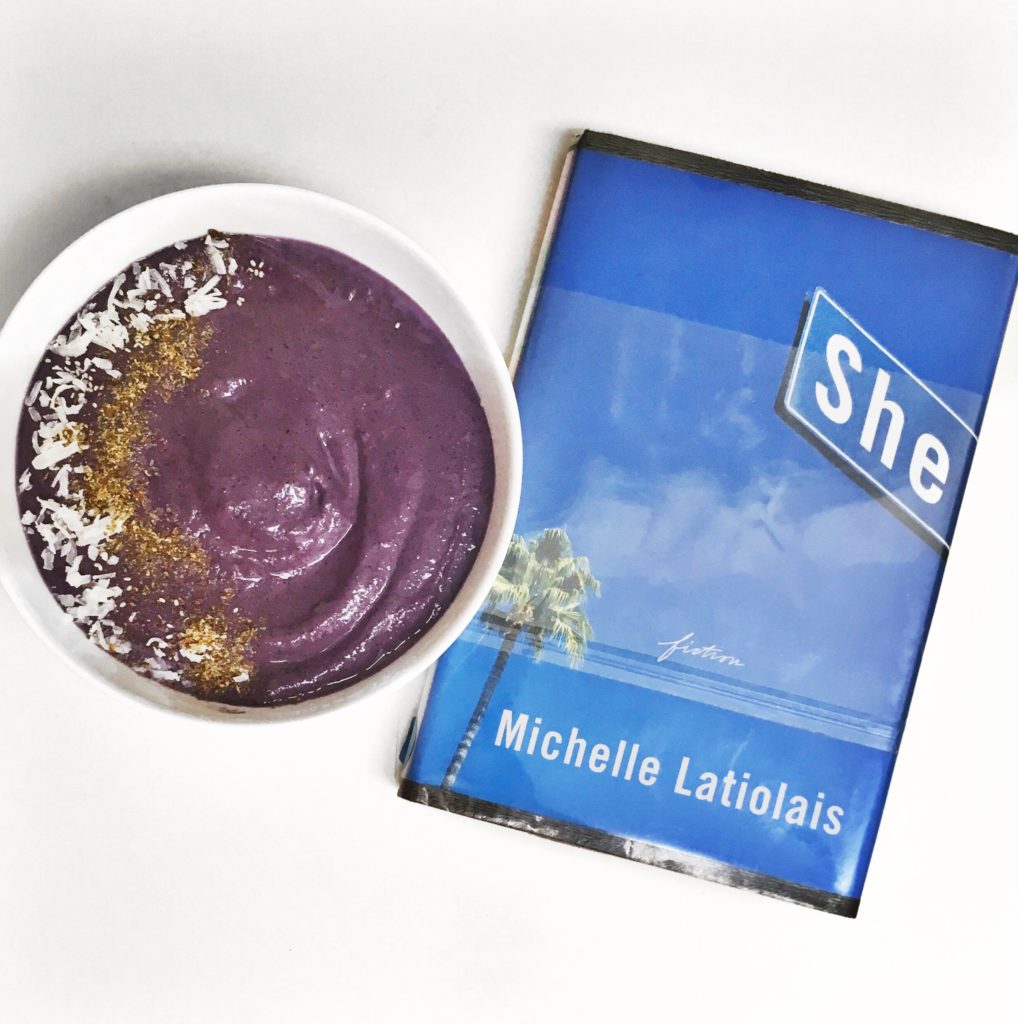
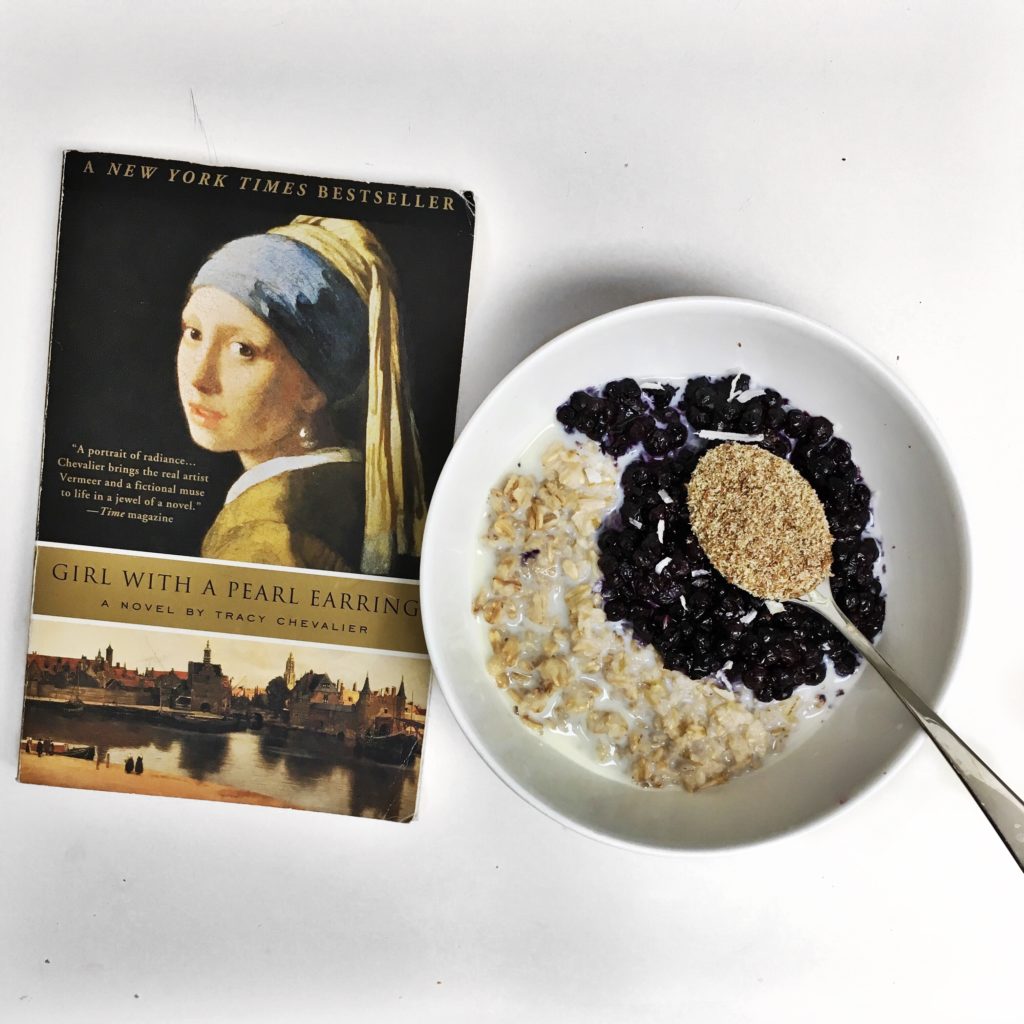
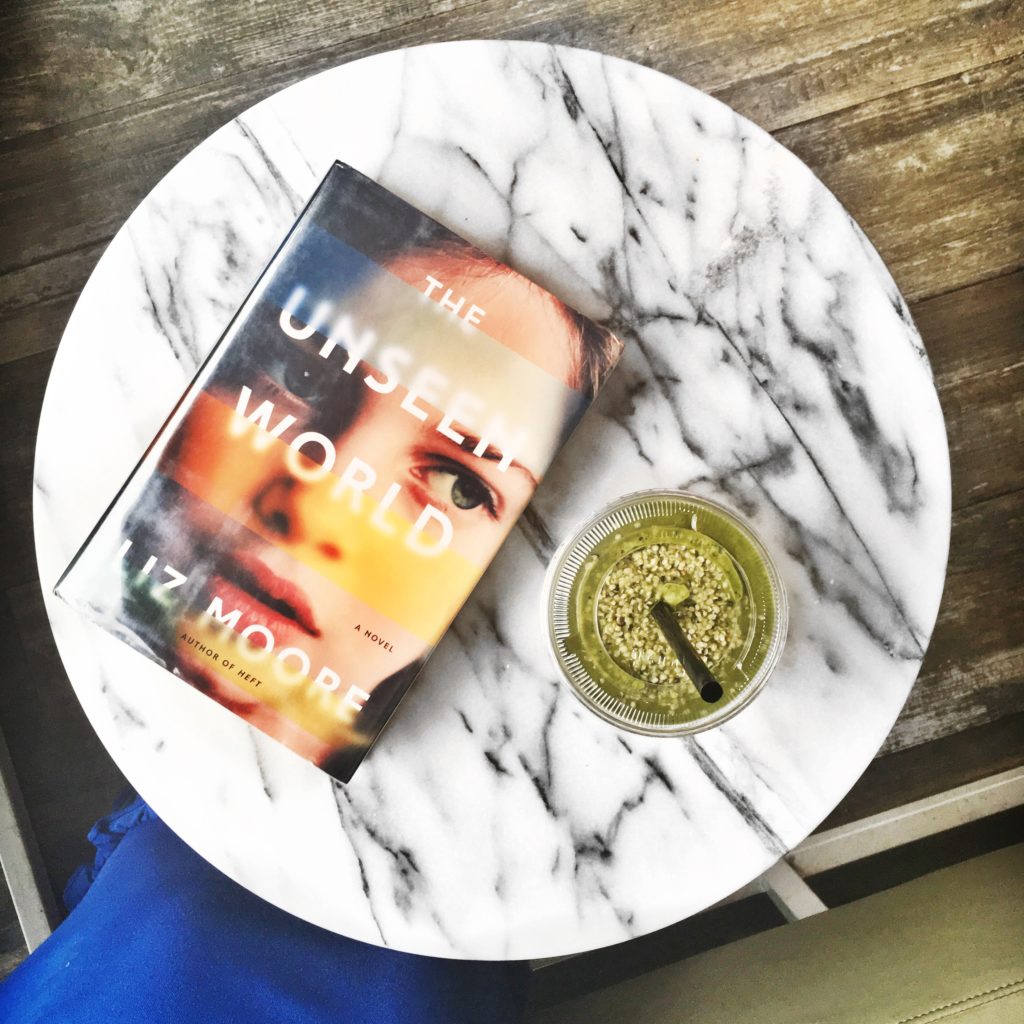
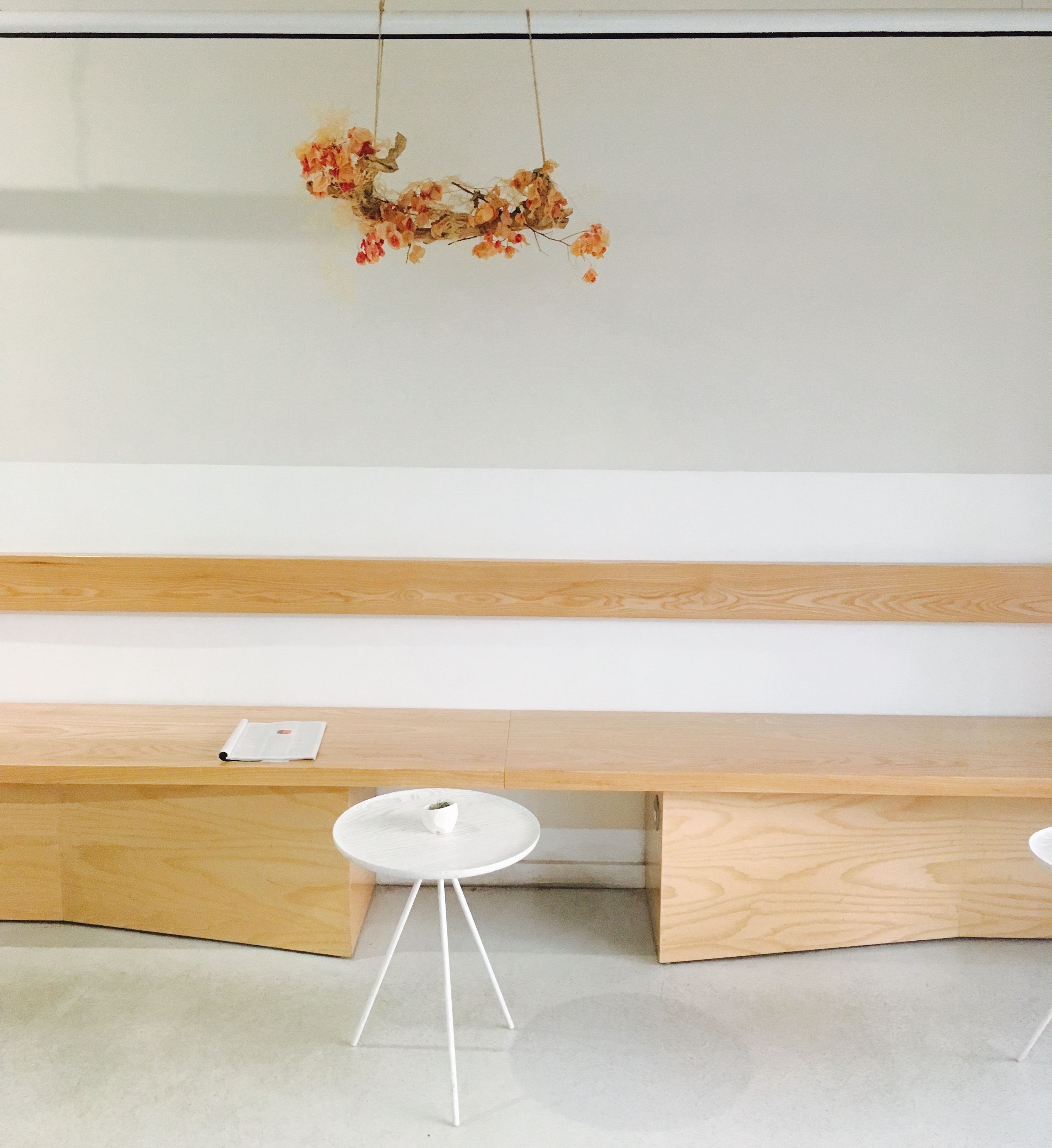
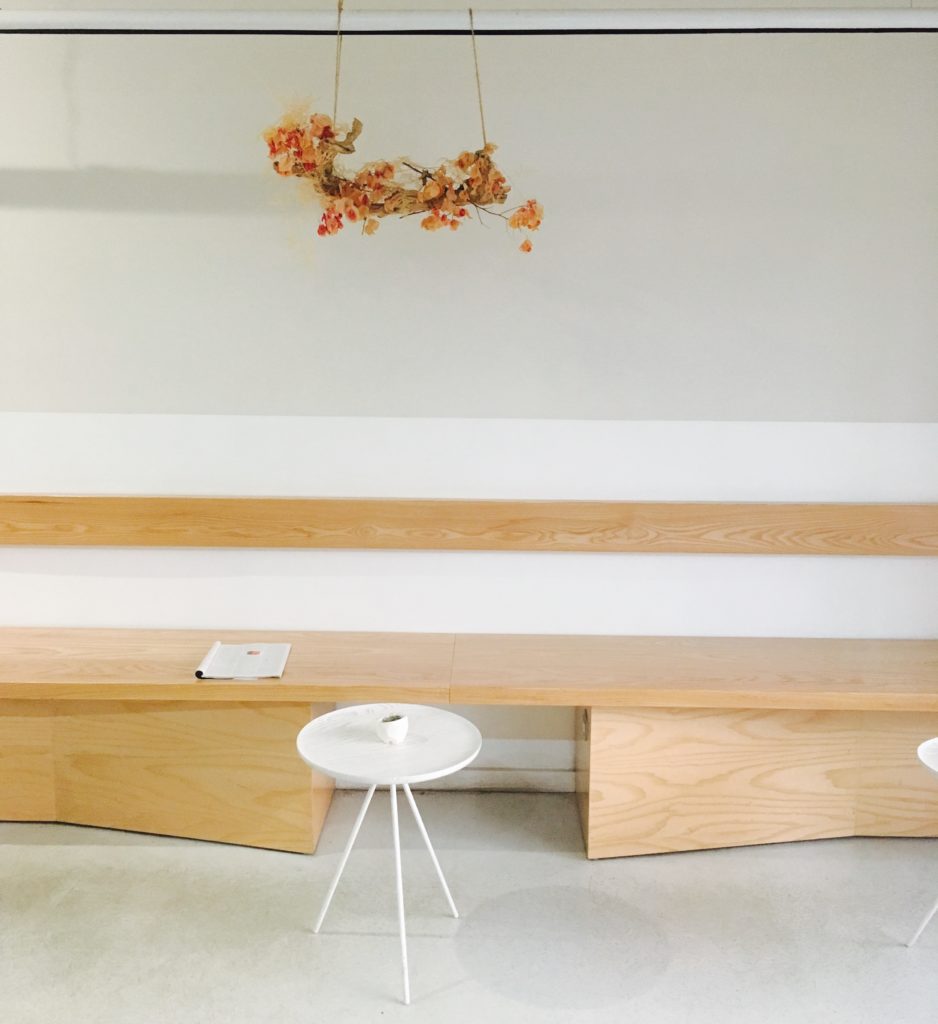
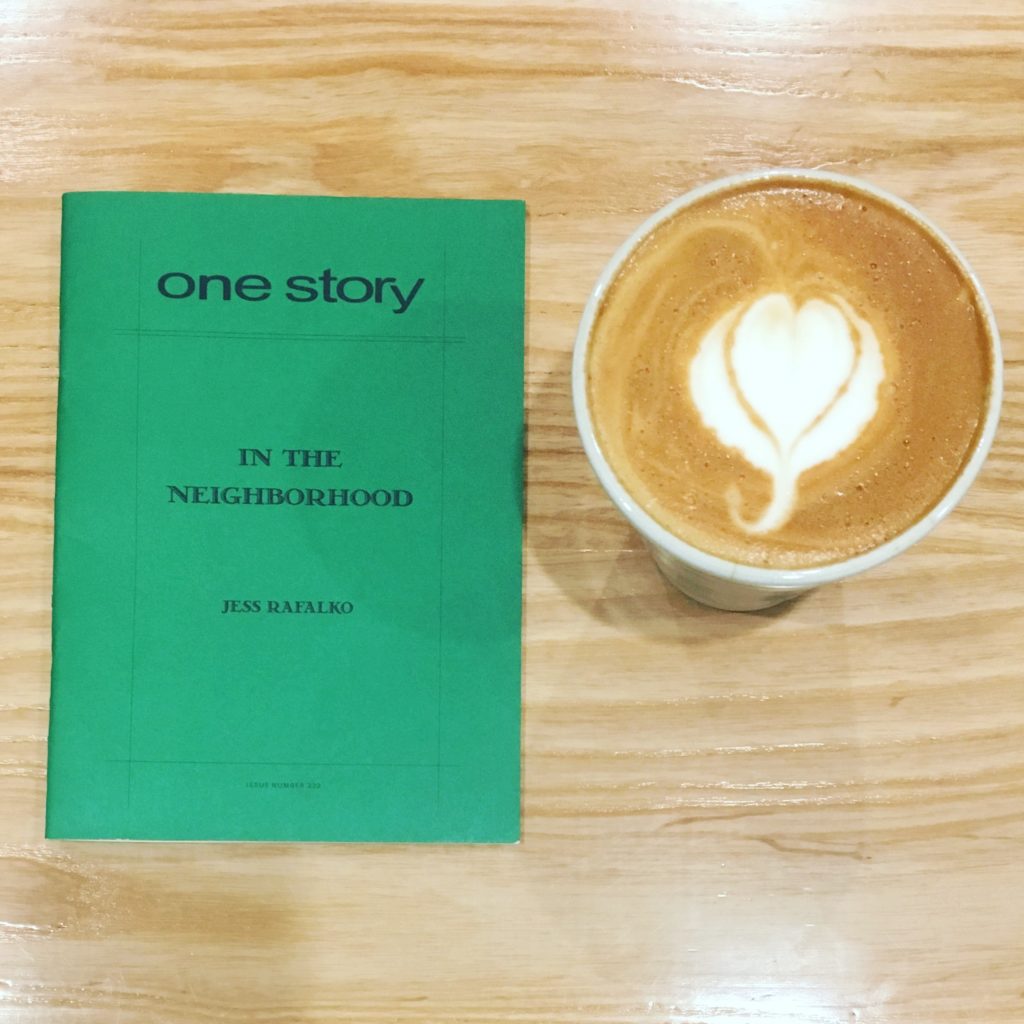
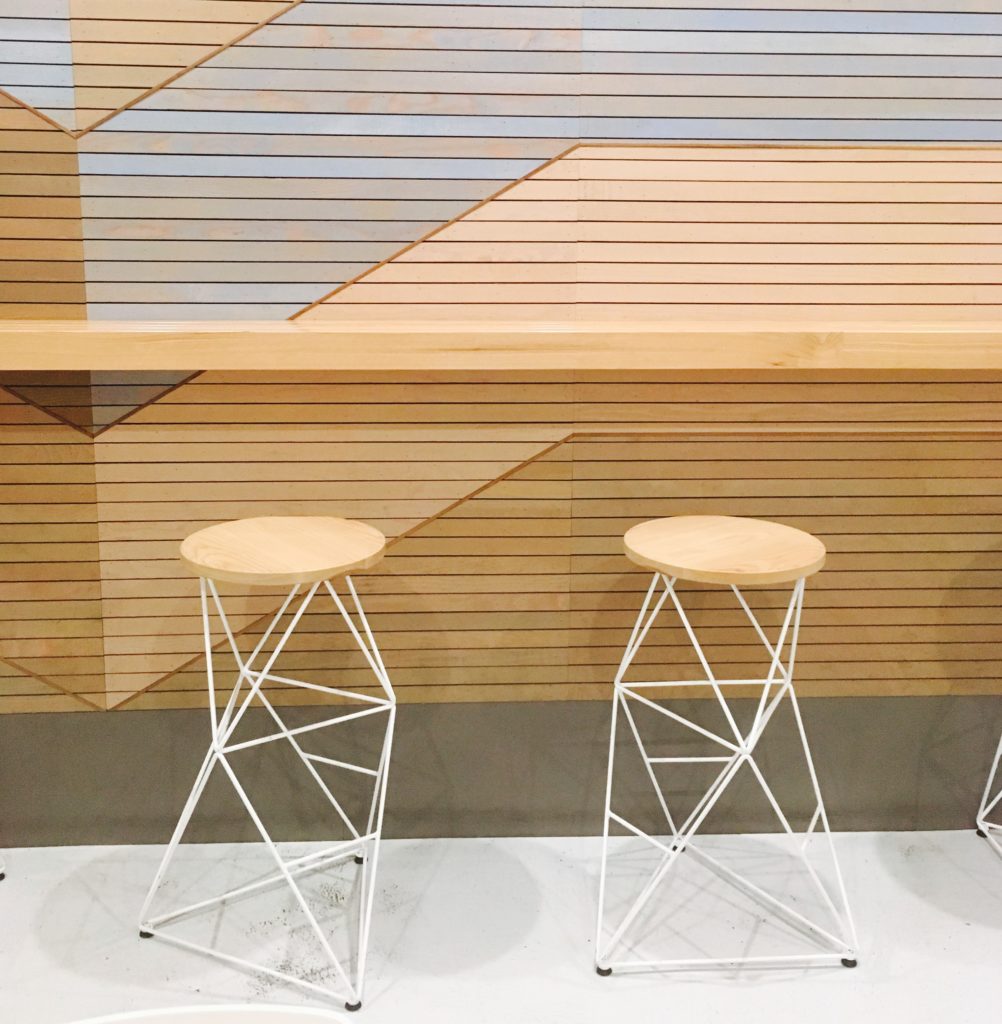
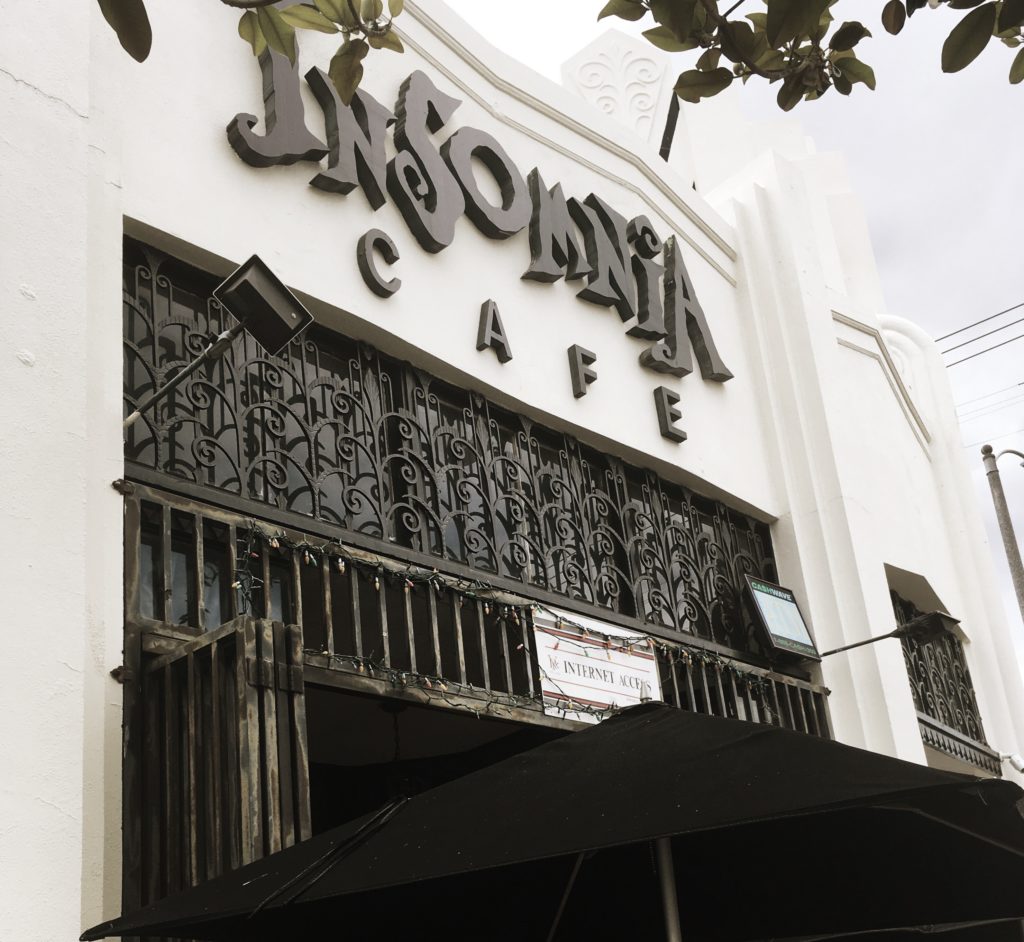
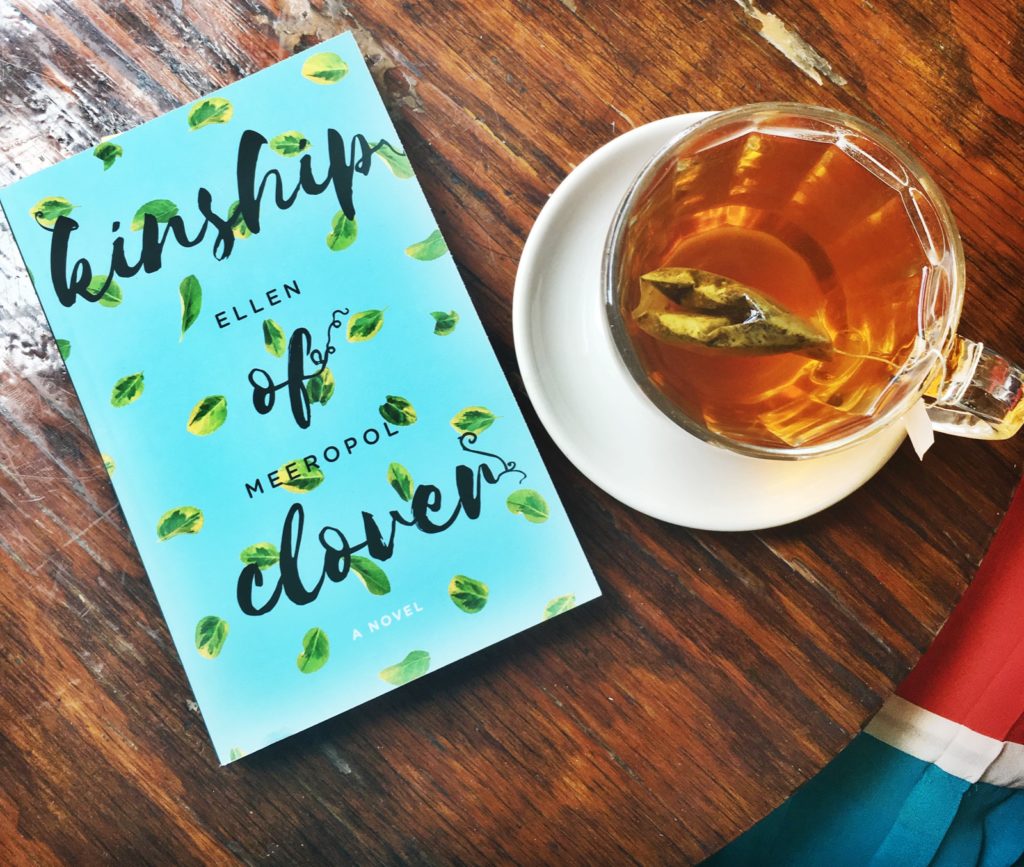
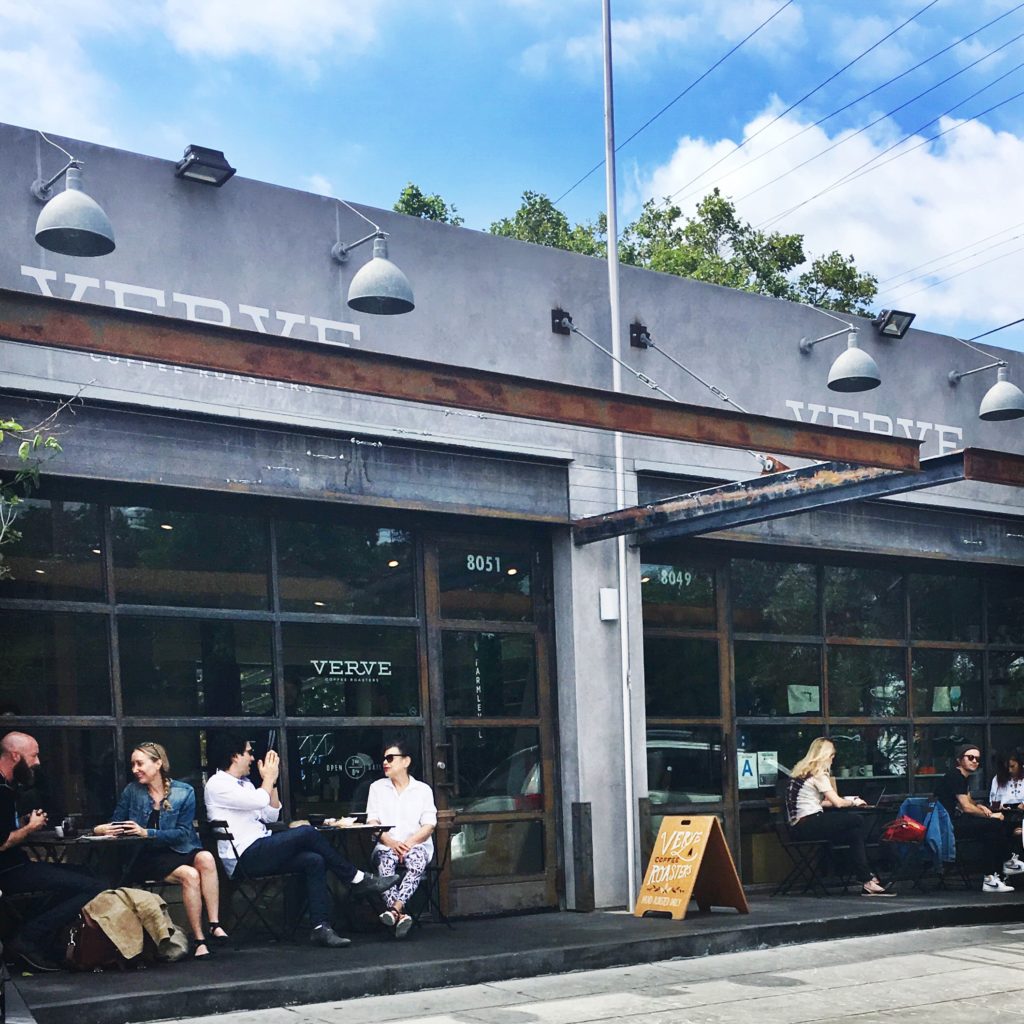
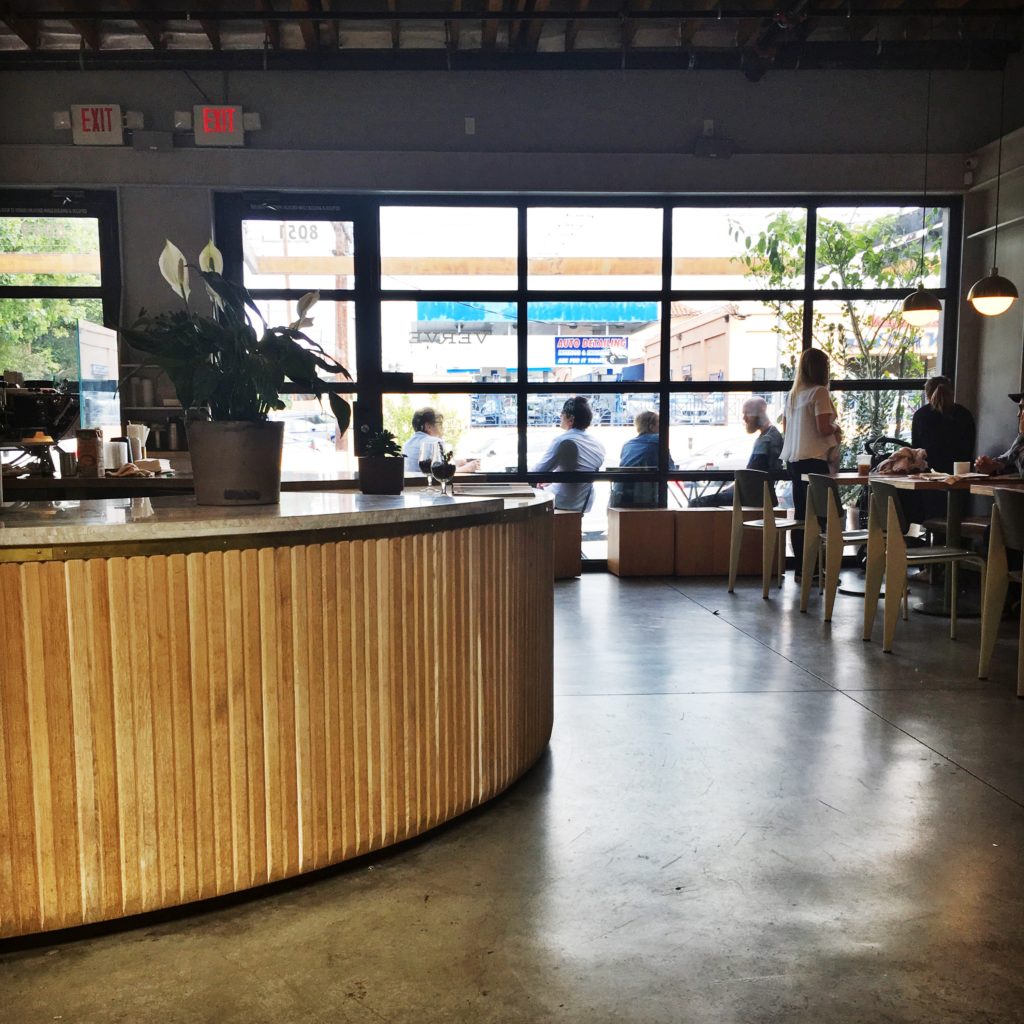
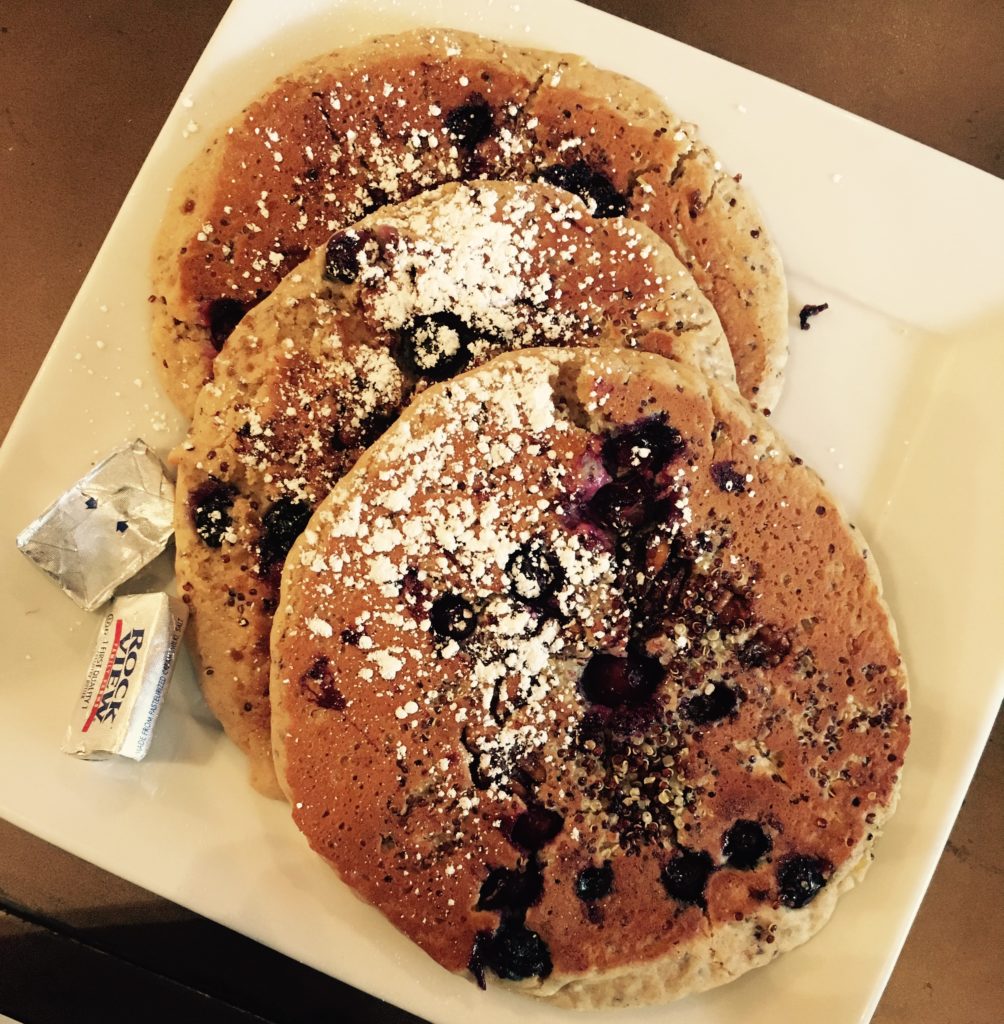
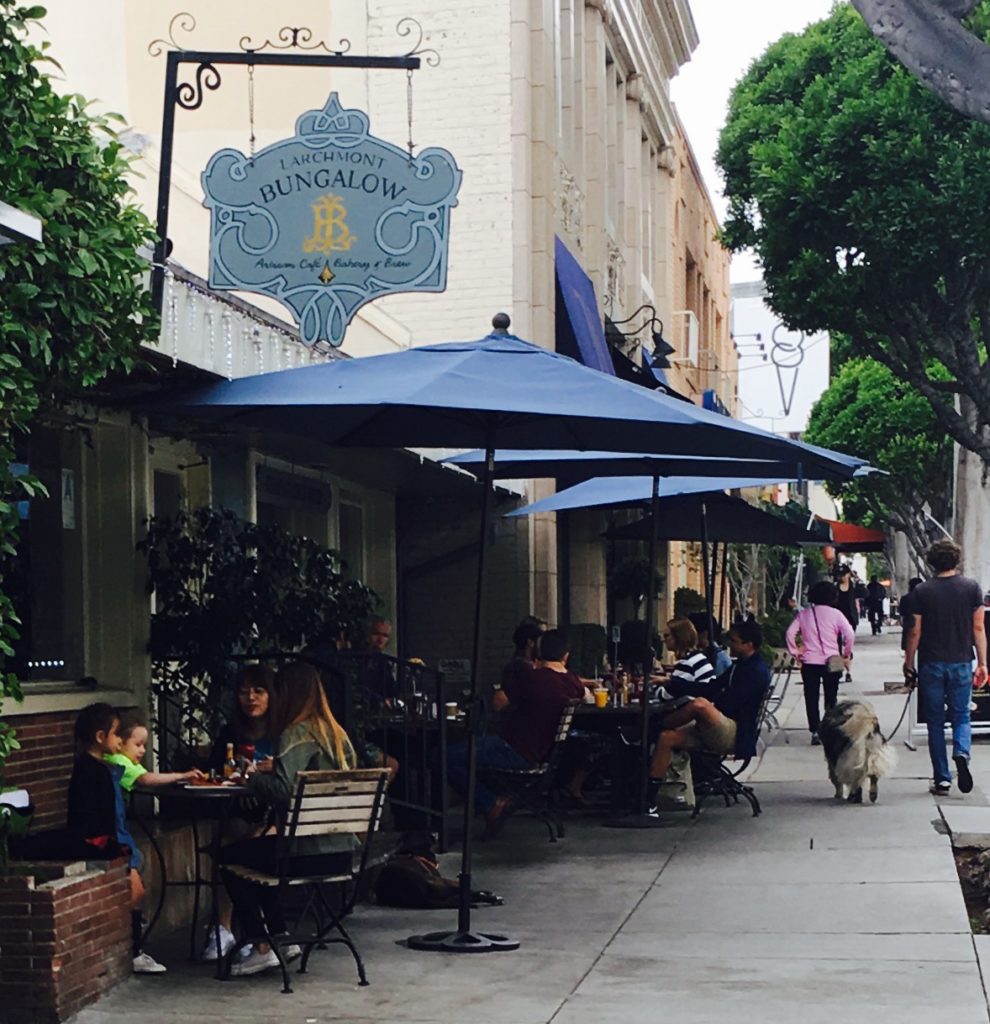
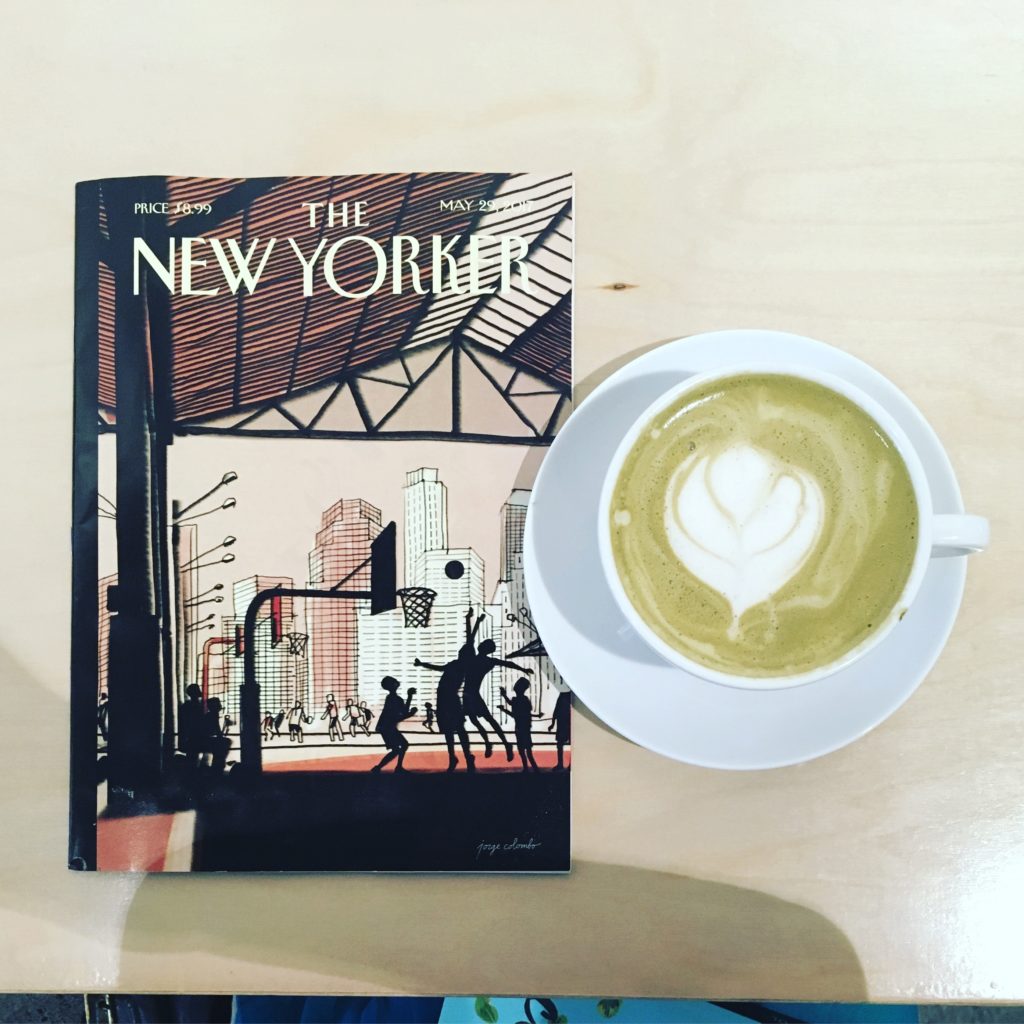
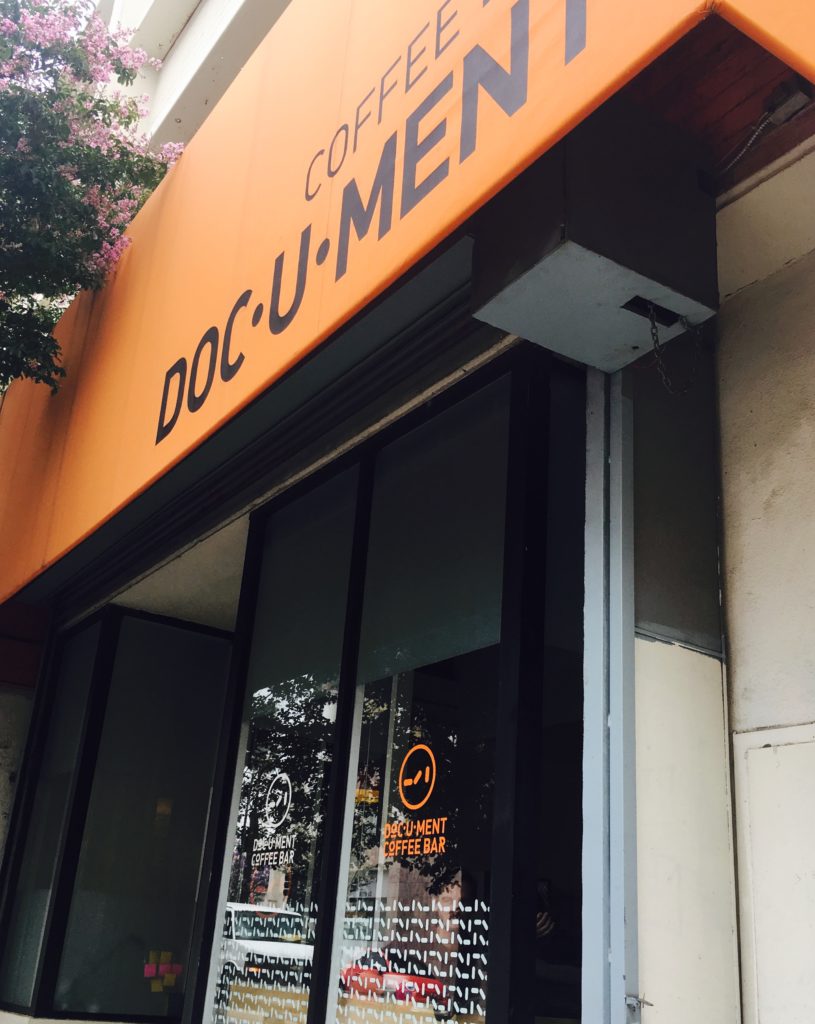
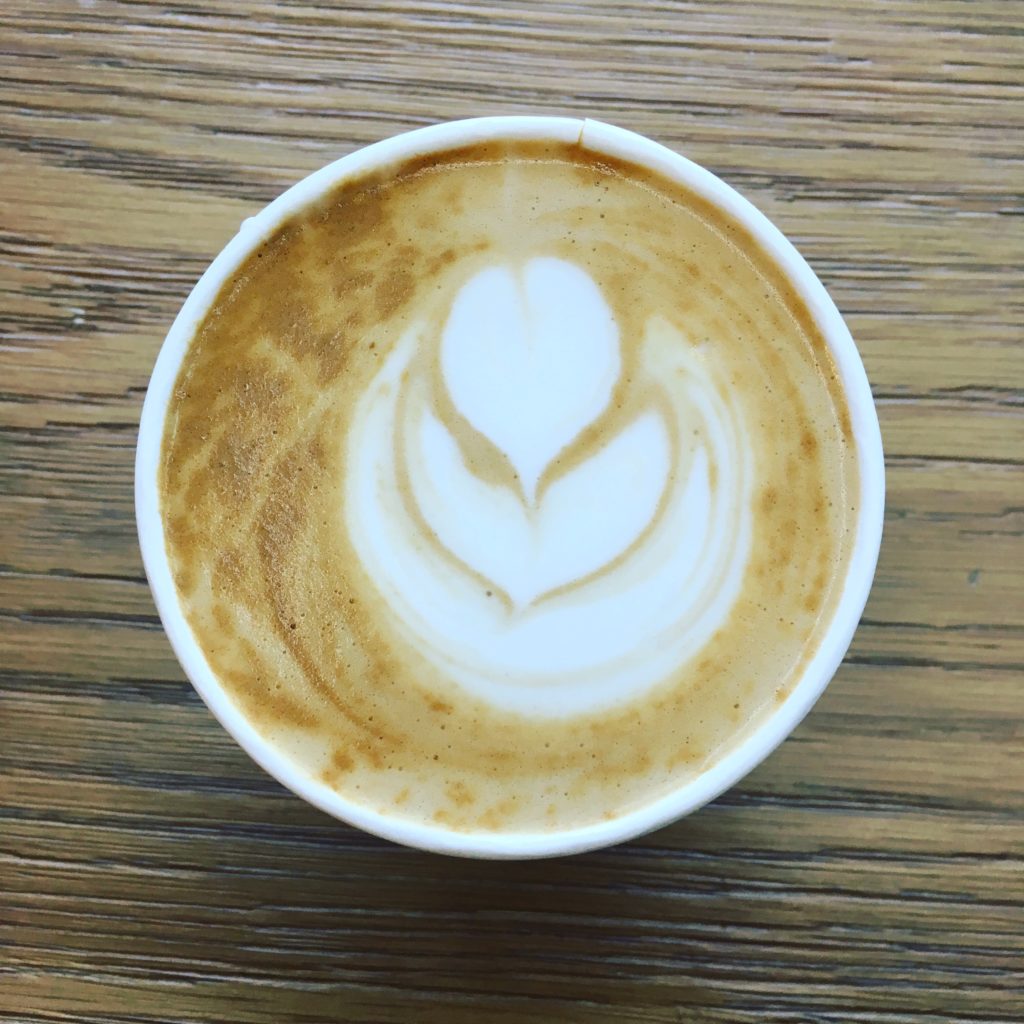
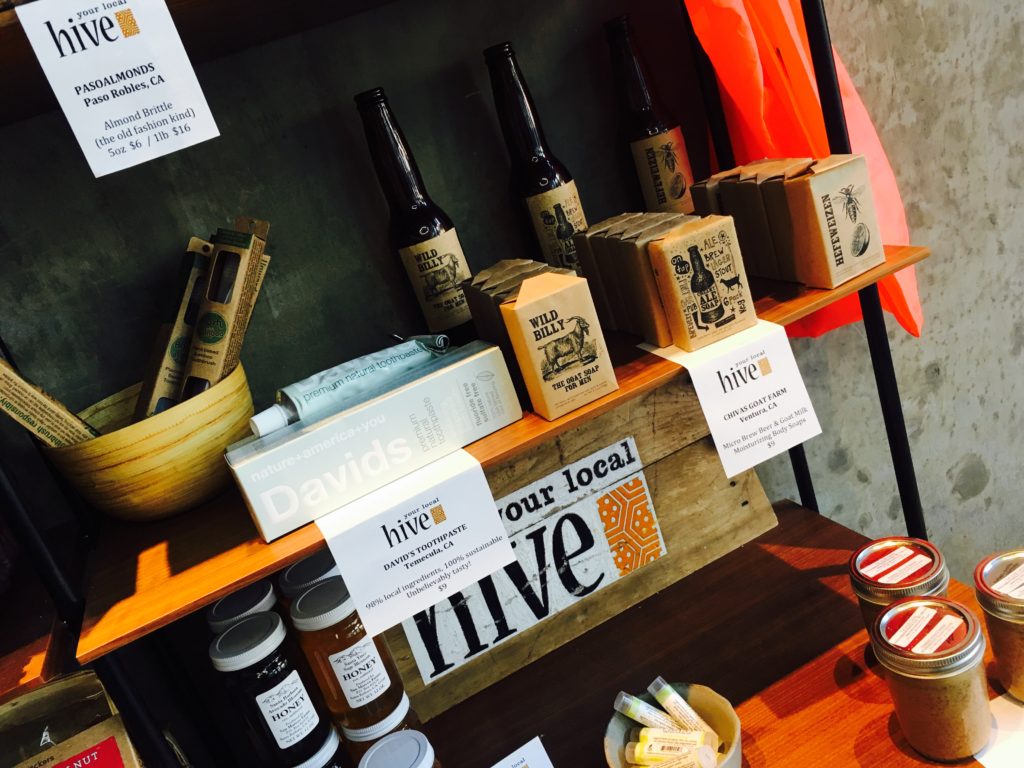
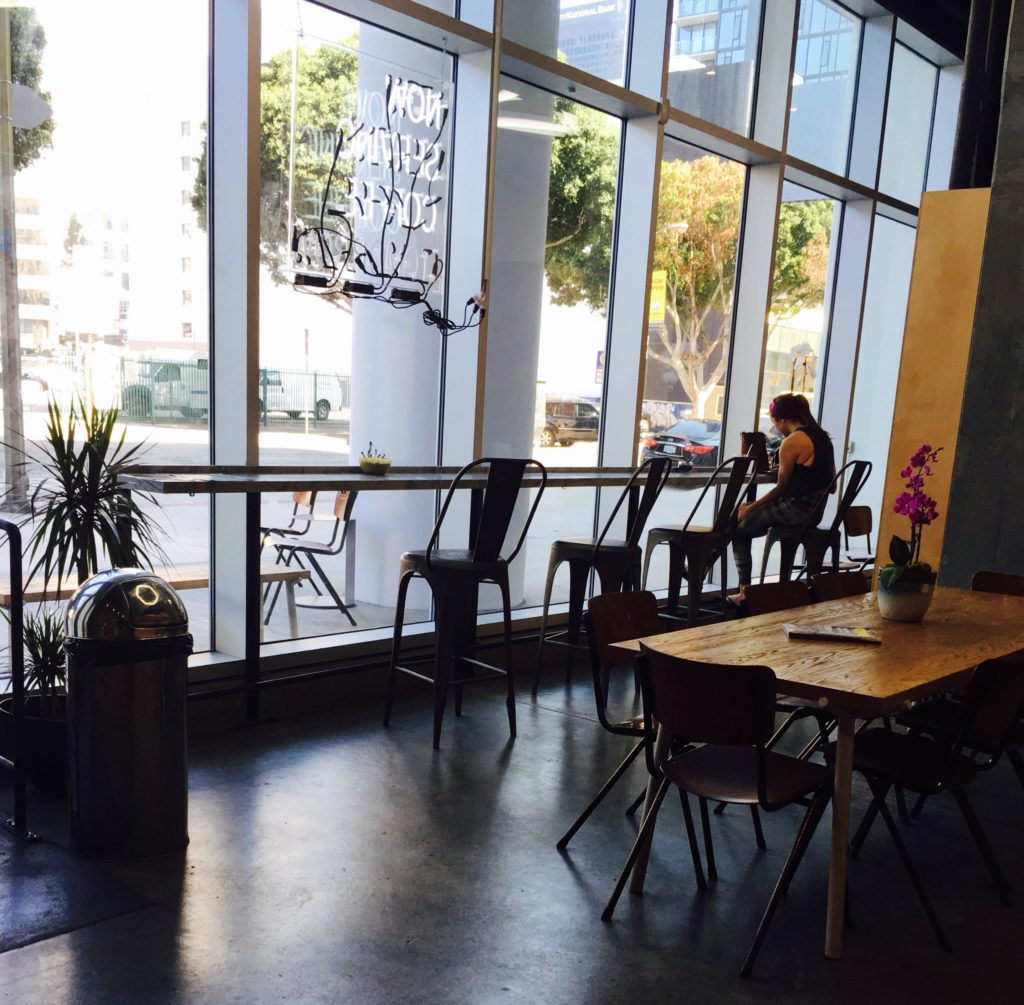
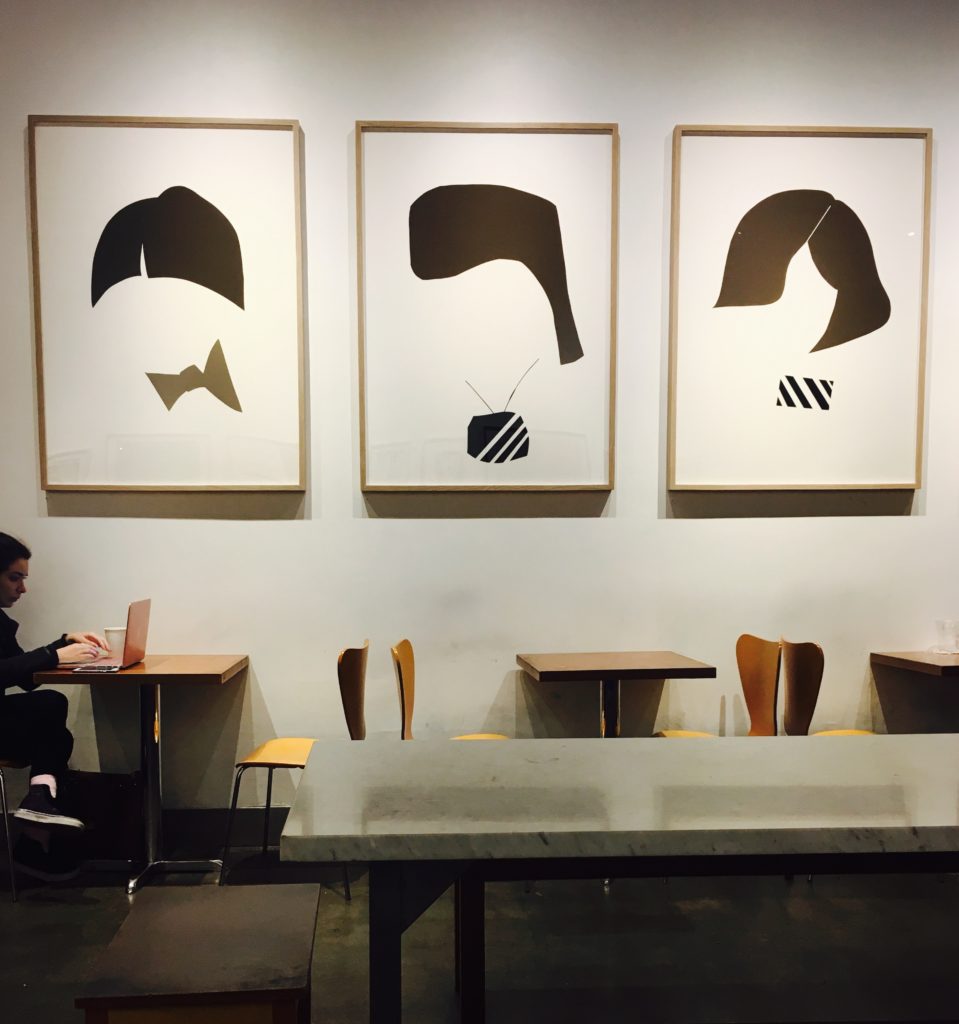
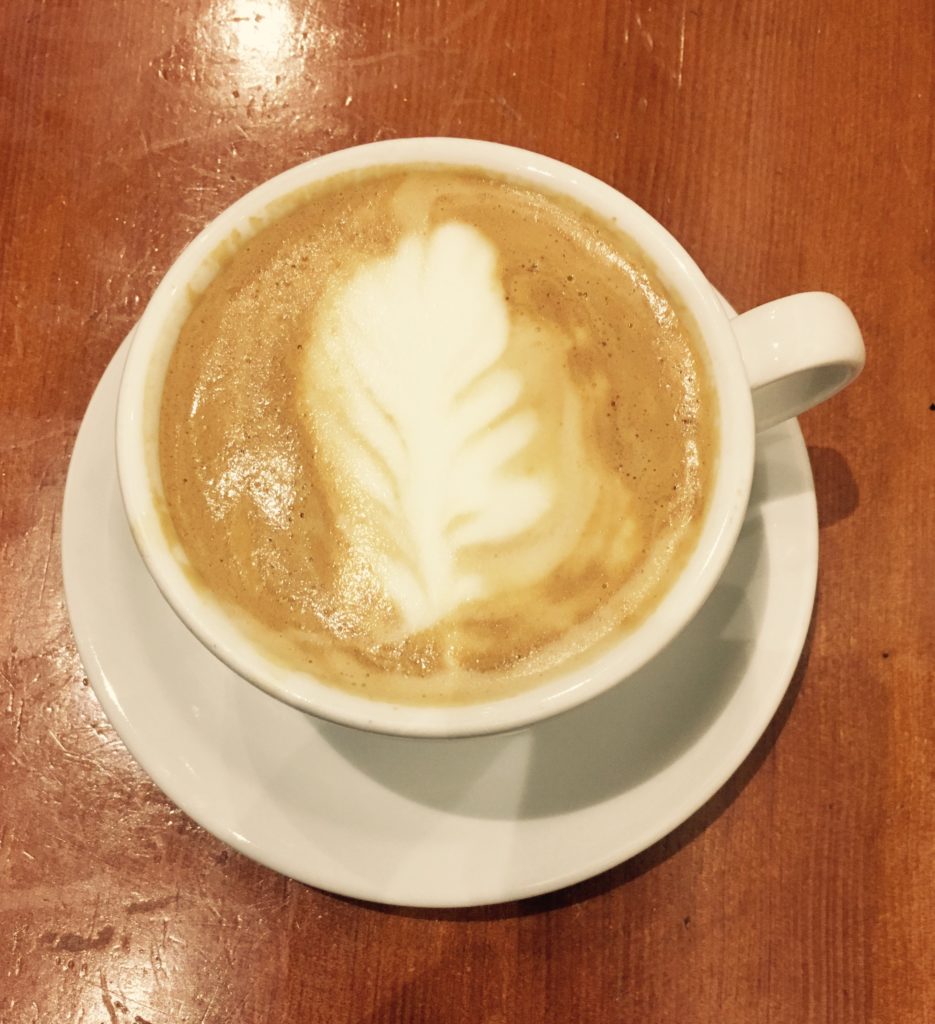
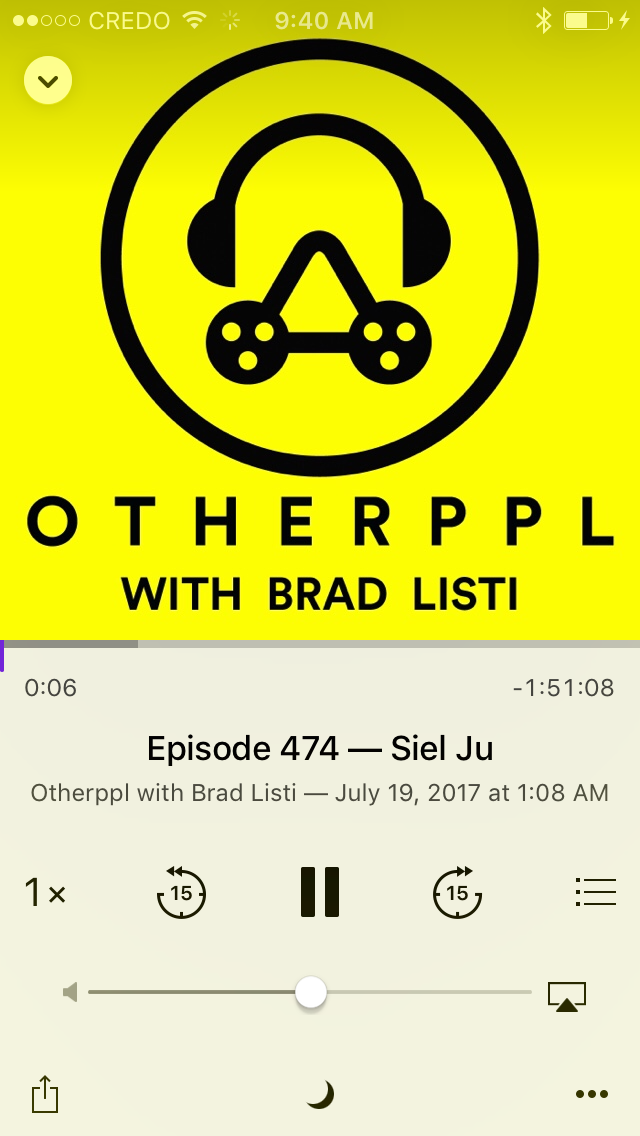
 Ever wondered about my thoughts on religion, AA, and the Midwest? Okay, maybe you haven’t — but tune in to the latest episode of
Ever wondered about my thoughts on religion, AA, and the Midwest? Okay, maybe you haven’t — but tune in to the latest episode of 
 Siel: Some of my favorite parts in your stories have to do with language. In Break Any Woman Down, there’s a little girl originally from South LA who starts speaking in the standard English taught at her suburban school — a change that allows her academic growth and entree into new segments of society — but also creates a rift between her and her brother, their shared cultural history. Is this bittersweet aspect of language — its ability to both open up new possibilities but close off others — something you think about a lot while writing?
Siel: Some of my favorite parts in your stories have to do with language. In Break Any Woman Down, there’s a little girl originally from South LA who starts speaking in the standard English taught at her suburban school — a change that allows her academic growth and entree into new segments of society — but also creates a rift between her and her brother, their shared cultural history. Is this bittersweet aspect of language — its ability to both open up new possibilities but close off others — something you think about a lot while writing?